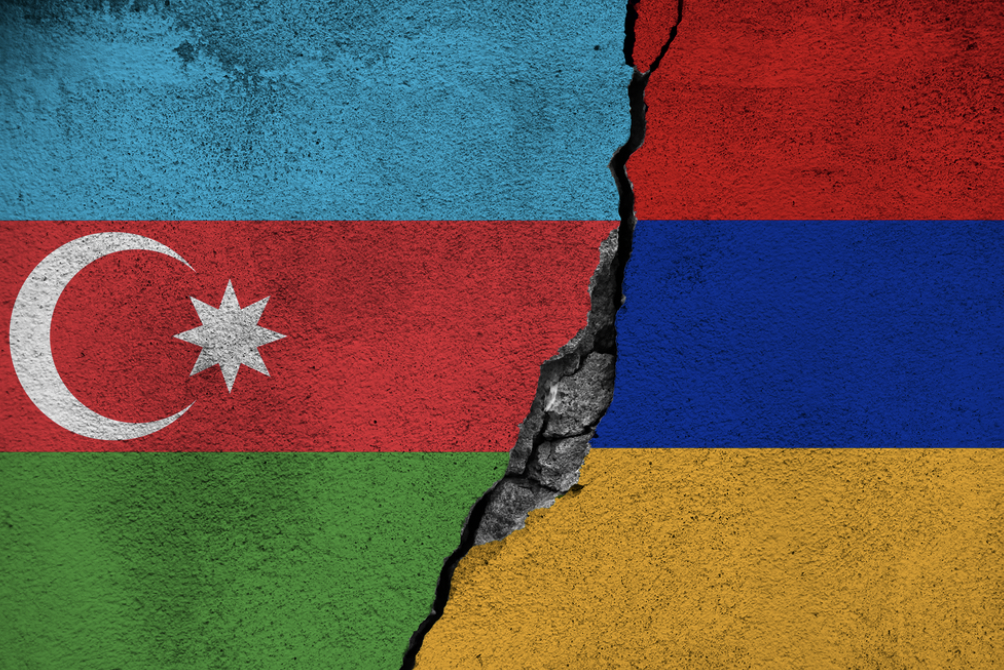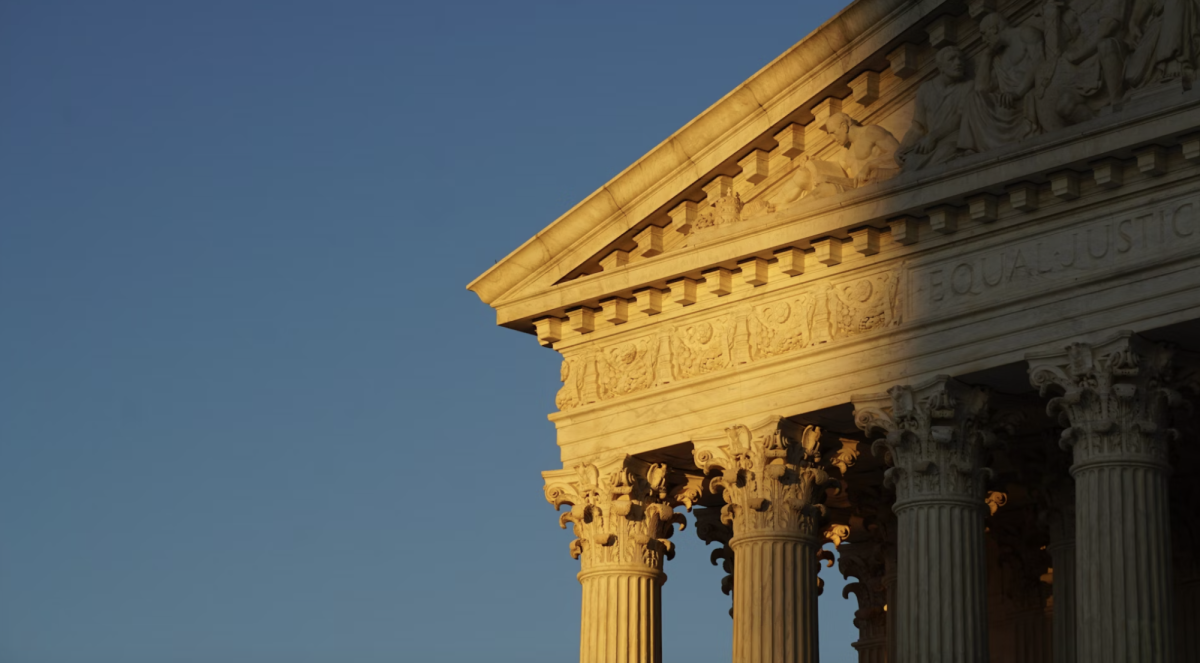Emma Issagholian and Jonathan Johnson
Throughout history, war has constantly plagued our world. For many countries, their communities, their people’s lifestyles, and their borders have been molded and reshaped. Despite the ongoing pleas from people all over the world to stop these treacherous events, nothing is being done and soldiers and innocent civilians everywhere are constantly being murdered.
As of late, the Nagorno-Karabakh War has proven this very subject. People in Armenia and Azerbaijan are experiencing a conflict over the land known as Nagorno-Karabakh, or Artsakh to ethnic Armenians. This ongoing conflict is having a grave impact on people in both countries.
The Complicated History Between Azerbaijan and Armenia
The Nagorno-Karabakh region is a mountainous area of land that is located on the Southern border of Azerbaijan but is mainly inhabited by ethnic Armenians. The government established in Nagorno-Karabakh, also known as Artsakh by the people of Armenia, is near Armenia but is not an established Armenian government.
The history of this region dates back to 1923 when it was established by the Soviet Union as an “autonomous region within the Republic of Azerbaijan.” The location of this land not only allowed Azeri and Turkic Muslims to create a profound connection to it, but the majority of people living on that land, the Armenians, also developed a deep-seated historical connection to it. In 1988, the tension between Azerbaijan and Armenia and their connection to the strip of land, Nagorno Karabakh began.
During the years before the Soviet Union collapsed, the Soviet Union was able to keep some peace between these two countries. As time went on, however, the USSR began to disintegrate and the border between the two nations would slowly go along with it. After the official collapse of this country, Nagorno-Karabakh established its independence. In 1991, a full-scale war between Armenia and Azerbaijan arose “over the region” and caused about 30,000 casualties and created hundreds of thousands of refugees.” This war became known as the First Nagorno-Karabakh War and went on until 1994, which is when Russia issued a ceasefire called the Bishkek Protocol.
This Protocol left Nagorno-Karabakh as an independent region, “with a self-proclaimed government in Stepanakert, but still [greatly] reliant on close economic, political, and military ties with Armenia.” After this agreement was made, some new sort of quiet conflict began. Throughout about the past 30 years, the disagreement among these Middle Eastern countries that was kept low on the radar regrew into something bigger. The breaking point of this was on Sept. 27, 2020, when Azerbaijan violated the agreement that was made and “began a military operation that became the Second Karabakh War, swiftly breaking through Armenian defenses.”
This conflict, the Second Nagorno-Karabakh War, lasted 44 days, ending on Nov. 10, 2020, and resulted in Azerbaijan taking the victory taking over seven districts and approximately a third of Nagorno-Karabakh itself. The most recent events that have come about regarding this decades-long conflict are the 10 month blockade issued by Azerbaijan on Nagorno Karabakh and their subsequent one to two-day-long offensive that took place on Sept. 19, 2023, and ended on Sept. 20, 2023. As a result of this ongoing battle, thousands of civilians have been “evacuated from cities and villages…[and]…Russia’s Defense Ministry reported that its peacekeepers, who were deployed in Nagorno-Karabakh in 2020, helped transport 311 civilians, including 102 children.”
Current Events of Azerbaijan and Armenia Conflict
Since the 2020 war, it has demanded that the ethnic Armenians there either submit to the Azerbaijani governance or depart. Armenia has condemned Azerbaijan’s demands as a form of ethnic cleansing, while Russia has appeared powerless to de-escalate tensions. On Sept 20.2023, Mr. Aliyev of Azerbaijan promised that “rights will be guaranteed” for Armenians in Karabakh. Still, few were persuaded by a message coming from the leader of a nation many Armenians see as bent on destroying them. Mr. Aliyev also said Azerbaijan would bring to justice “elements and leaders” of the breakaway government.
Thousands of refugees are fleeing into Armenia after Azerbaijan claimed control of an Armenian enclave inside its territory, reshaping in just two days of fighting a conflict that has resulted in two wars since the collapse of the Soviet Union. Prime Minister Nikol Pashinyan of Armenia said in a speech on Sept. 24 that Armenians in Nagorno-Karabakh were facing “the threat of ethnic cleansing” unless “effective mechanisms of protection” were created in the enclave under Azerbaijani rule.
On Sept. 26, the Armenian government said 19,000 forcibly displaced people had entered Armenia from Nagorno-Karabakh. A few days later, the government of Nagorno-Karabakh announced that it would dissolve itself, formally ending more than 30 years of separatist rule. The government of Armenia said that the number of displaced people who had left the breakaway state to seek safety in Armenia had reached more than 68,000, with many more expected to follow.







